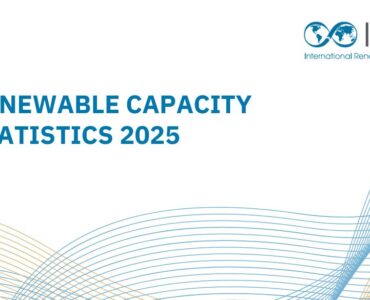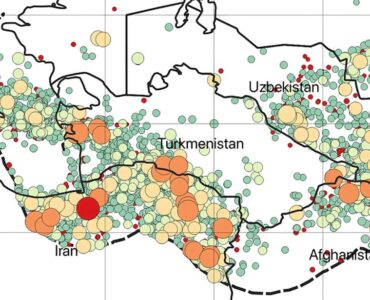Turkmenistan faces serious challenges with water availability and the country has finally started talking about these issues. On October 22, 2023 the Institute of International Relations of the Ministry of Foreign Affairs of Turkmenistan held a scientific conference titled “Water Resources Management in the Conditions of Climate Change”.
The government vaguely and indirectly addressed the issues by stating that “water resources play a key role in achieving sustainable development in Central Asia, and transboundary water cooperation is an essential component in ensuring peace, stability and prosperity in the region”. It connected the urgency of the water issue and the importance of rational use of water resources to the problem of global climate change.
These statements allude to a couple of very current and politically contentious matters. Firstly, the new irrigation project, Qosh Tepa canal in Afghanistan, will divert large volumes of water from the Amu Darya River and thus threaten water levels in Turkmenistan’s Karakum Canal. It is the country’s main irrigation and water supply system that brings water from Amu Darya River across the Karakum desert.
Turkmenistan is already facing serious water shortages. The World Resources Institute classified Turkmenistan as one of 17 countries in the world facing “extremely high” levels of baseline water stress. It means that the country’s irrigated agriculture, industries and municipalities withdraw more than 80% of its available water supply on average every year. According to the Food and Agriculture Organization the water stress levels in Turkmenistan reach 144%. Only Uzbekistan does worse among the former Soviet Union countries.
Secondly, “rational use of water” is difficult to achieve given Turkmenistan’s reliance on water intensive crops like cotton and its failure to implement effective water management systems. In January 2023 an abnormally cold weather in Turkmenistan caused an accumulation of ice jams on the Karakum Canal which led to perhaps the largest breakthrough of the Canal and sent water rushing over the levee in Mary and Lebap regions. The water channels deepened into the sands for more than 35 kilometers forming several large reservoirs, with the largest reservoir reaching about 10 km2. It is estimated that at least 100 million cubic meters of water was lost. The incident partially paralyzed the work of the largest hydraulic structure in Turkmenistan It also caused floods in a number of settlements while some villages were left without water. In Mary velayat, people took water for drinking from the puddles. If this were to happen during the summer season, and combined with dry weather which is currently observed in Turkmenistan, it could have caused enormous damage to the country’s agricultural sector.
The government of Turkmenistan also seems to be open to learning from the experiences of other countries. For instance, in April 2023 Israel’s Foreign Minister Eli Cohen during his meeting with President Serdar Berdymukhamedov highlighted his country’s openness to share its experiences in agriculture and water-saving techniques. Israel is among the leading countries which developed techniques to mitigate impacts of climate change. Turkmenistan might particularly benefit from adopting approaches related to reusing wastewater and developing desalination projects.






